How to Accurately Calculate Your Window Replacement Estimate for Maximum Cost Efficiency
When considering a home improvement project, one of the most significant investments is often the replacement of windows. Understanding how to accurately calculate your window replacement estimate is crucial for maximizing cost efficiency and ensuring you receive the best value for your investment. With various factors influencing costs—from the type of windows selected to installation expenses—it is essential to approach this process systematically. By breaking down each component of the estimate and considering potential savings through energy efficiency and durability, homeowners can make informed decisions that align with their budgetary constraints. In this guide, we will explore key strategies and tips to help you develop a precise window replacement estimate, allowing you to enhance your home’s aesthetics, energy performance, and overall value while minimizing unnecessary expenditures.
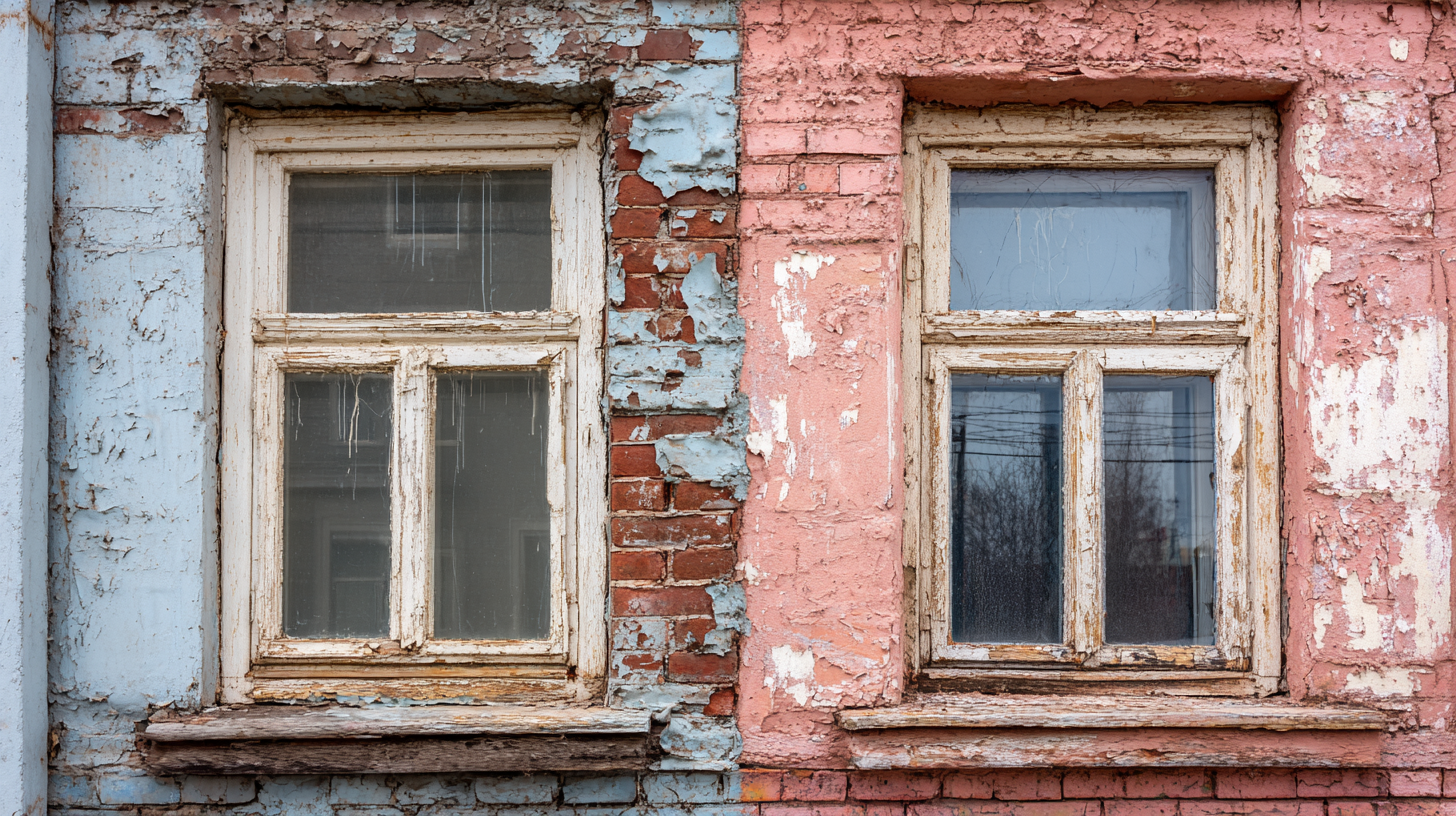
Understanding the Key Factors That Influence Window Replacement Costs
When considering a window replacement project, understanding the key factors that influence costs is essential for achieving maximum cost efficiency. One of the primary elements is the type of windows chosen. Different materials, such as vinyl, wood, or aluminum, have varying price points and energy efficiency ratings. For example, while wood windows may offer aesthetic appeal, they typically involve higher upfront costs and maintenance requirements compared to vinyl options.
Labor costs also play a significant role in the overall estimate for window replacement. The complexity of the installation process can differ widely based on factors like the size and number of windows, as well as any additional structural work required. It's advisable to obtain multiple quotes from licensed contractors to ensure you're getting a fair price for labor. Additionally, considering local market trends can help homeowners gauge the average costs associated with window replacements in their area, leading to more informed budgeting decisions.
Choosing the Right Window Type for Your Budget and Needs
When considering window replacement, selecting the right type of window is crucial for balancing your budget and meeting your specific needs. According to the National Fenestration Rating Council, energy-efficient windows can save homeowners an average of 12% to 20% on energy bills annually, making them a smart investment, despite potentially higher upfront costs. Understanding the long-term benefits of various materials, such as vinyl, wood, or fiberglass, can guide you in making an informed decision that aligns with your financial goals.

Tip: Always prioritize energy ratings when choosing windows, as they significantly impact heating and cooling costs. Look for windows with a high Energy Star rating, which can save you on energy bills and contribute to a more sustainable home.
The window style you choose will also influence not only aesthetic appeal but functionality and maintenance. For instance, double-hung windows offer easier cleaning and ventilation flexibility, while casement windows provide superior energy efficiency due to their tighter seal. The average cost for replacement windows can range from $300 to $1,500 per unit, depending on the type. By evaluating your lifestyle needs and budget constraints, you can select windows that enhance your home’s efficiency and comfort while providing lasting value.
Tip: Don’t forget to factor in installation costs when calculating your budget. Proper installation is key to ensuring that your windows perform effectively, so consider hiring a professional for the best results.
Calculating Labor Costs: What to Expect from Installers
When it comes to window replacement, understanding labor costs is crucial for accurate budgeting. Labor can significantly affect the overall cost estimate, so it's essential to know what to expect from installers. Typically, installers charge either a flat fee or by the hour, depending on their experience and the project's complexity. Ensure you clarify these details before signing any agreements to avoid unexpected charges.
Tips: Always ask for detailed quotes from multiple installers. This not only gives you a better understanding of the local market rates but also allows you to compare the expertise and services offered. Additionally, be aware of seasonal rates; some installers may charge more during peak seasons, so scheduling your project during off-peak times could save you money.
Another factor to keep in mind is the total time required for installation. Some companies might give you a lower hourly rate but may take longer to complete the job, which could end up being more expensive overall. Ensure that the estimated timeframe aligns with the quoted labor costs, and don’t hesitate to discuss potential delays or complications with your installer before the project begins.
Identifying Hidden Expenses in Window Replacement Projects
When planning a window replacement project, it's crucial to identify not only the obvious costs of materials and labor but also the hidden expenses that can arise throughout the process. One significant factor to consider is the potential for moisture and mold issues within your home. If your existing windows are failing, it may have already contributed to moisture accumulation, leading to mold growth on walls and within window frames. This could necessitate additional remediation efforts to ensure a safe living environment, which can significantly increase the overall project cost.
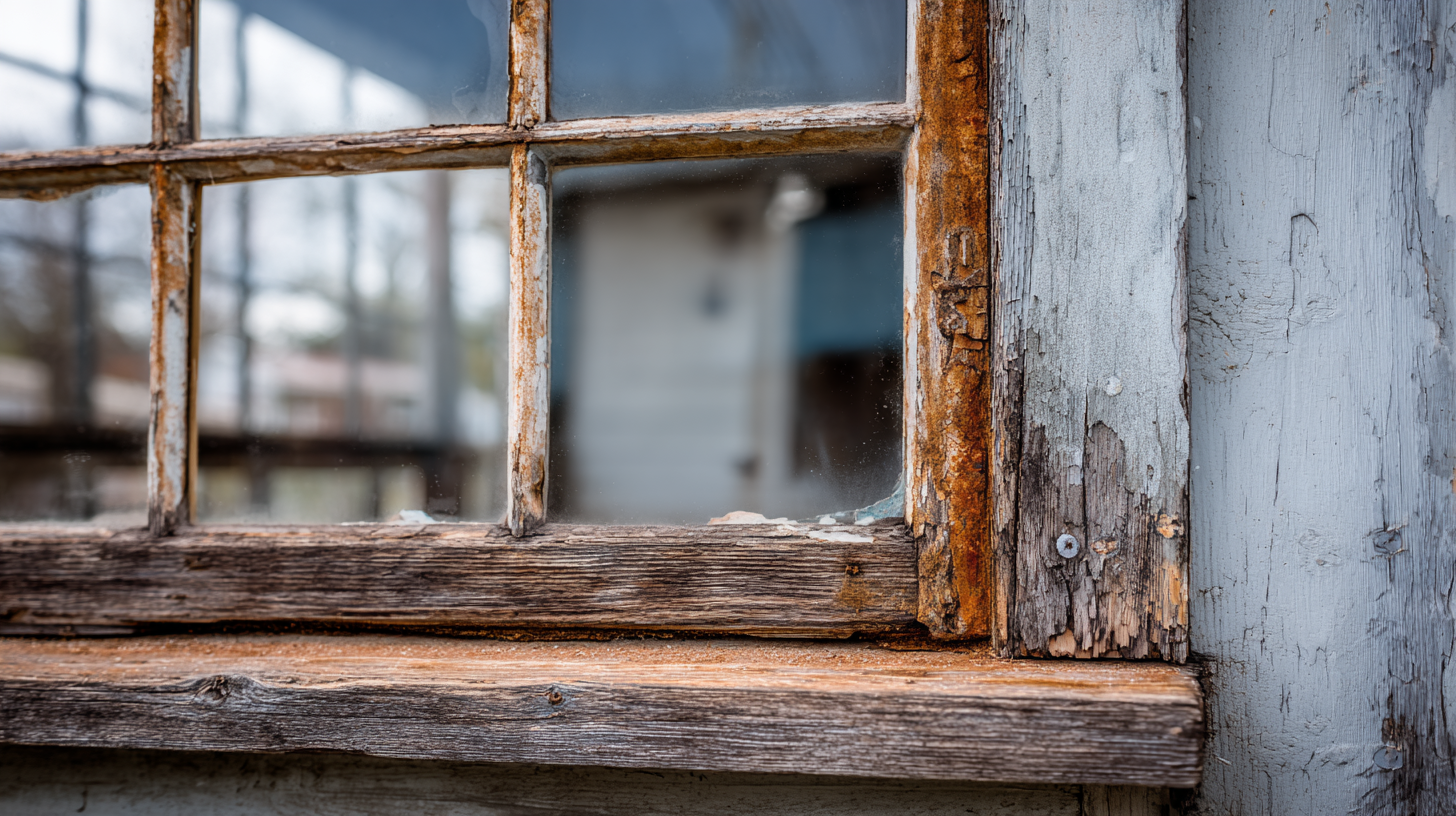
To prevent unexpected expenses, it's advisable to conduct a thorough inspection of your current windows and surrounding areas. Look for signs of water damage, peeling paint, or discoloration, which can all indicate underlying moisture problems. Engaging a professional to assess these conditions early on can help you estimate the full scope of work required. Additionally, consider the long-term benefits of investing in energy-efficient windows that may reduce future moisture problems and lower your energy bills, ultimately enhancing the cost efficiency of your project.
Creating a Detailed Comparison of Estimates from Different Suppliers
When it comes to window replacement, securing the best estimate is crucial for maximizing cost efficiency. One of the most effective methods to achieve this is by creating a detailed comparison of estimates from different suppliers. According to the American Architectural Manufacturers Association, homeowners can save up to 30% by obtaining multiple quotes, as prices can vary significantly based on materials, installation techniques, and supplier markups.
In creating your comparison, focus on key elements such as the type of windows offered, energy efficiency ratings, warranty terms, and installation labor costs. A report from the Department of Energy highlights that energy-efficient windows can reduce energy bills by up to 15% annually, underscoring the importance of considering long-term savings over initial costs. Additionally, check for any available energy efficiency tax credits, which can further influence your calculations. By methodically analyzing these components, you can identify which supplier not only meets your budget but also delivers the best overall value for your window replacement project.
Related Posts
-
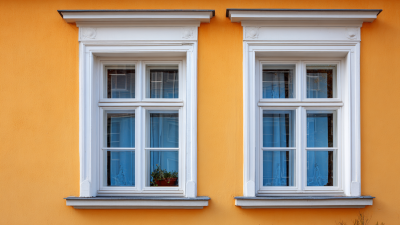
How to Accurately Estimate Your Window Installation Cost Before You Buy
-

A Comprehensive Guide to Understanding Window Installation Costs Across Different Regions
-

Ultimate Guide to Choosing the Right Windows for Your Home Make the Best Decision
-

What is the Perfect Window Style for My House? A Guide to Your Options
-
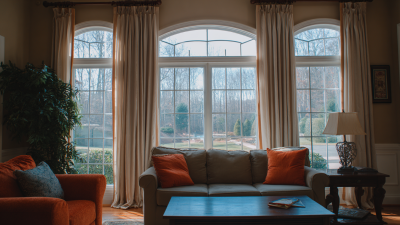
What is the True Cost of Window Replacement? A Detailed Breakdown with Industry Insights
-
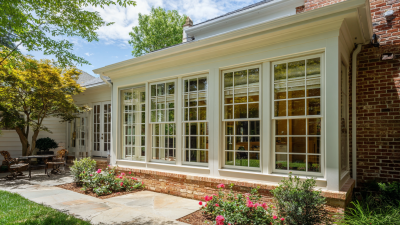
7 Essential Tips for Choosing Vinyl Windows: Boost Your Home's Energy Efficiency by Up to 30%
